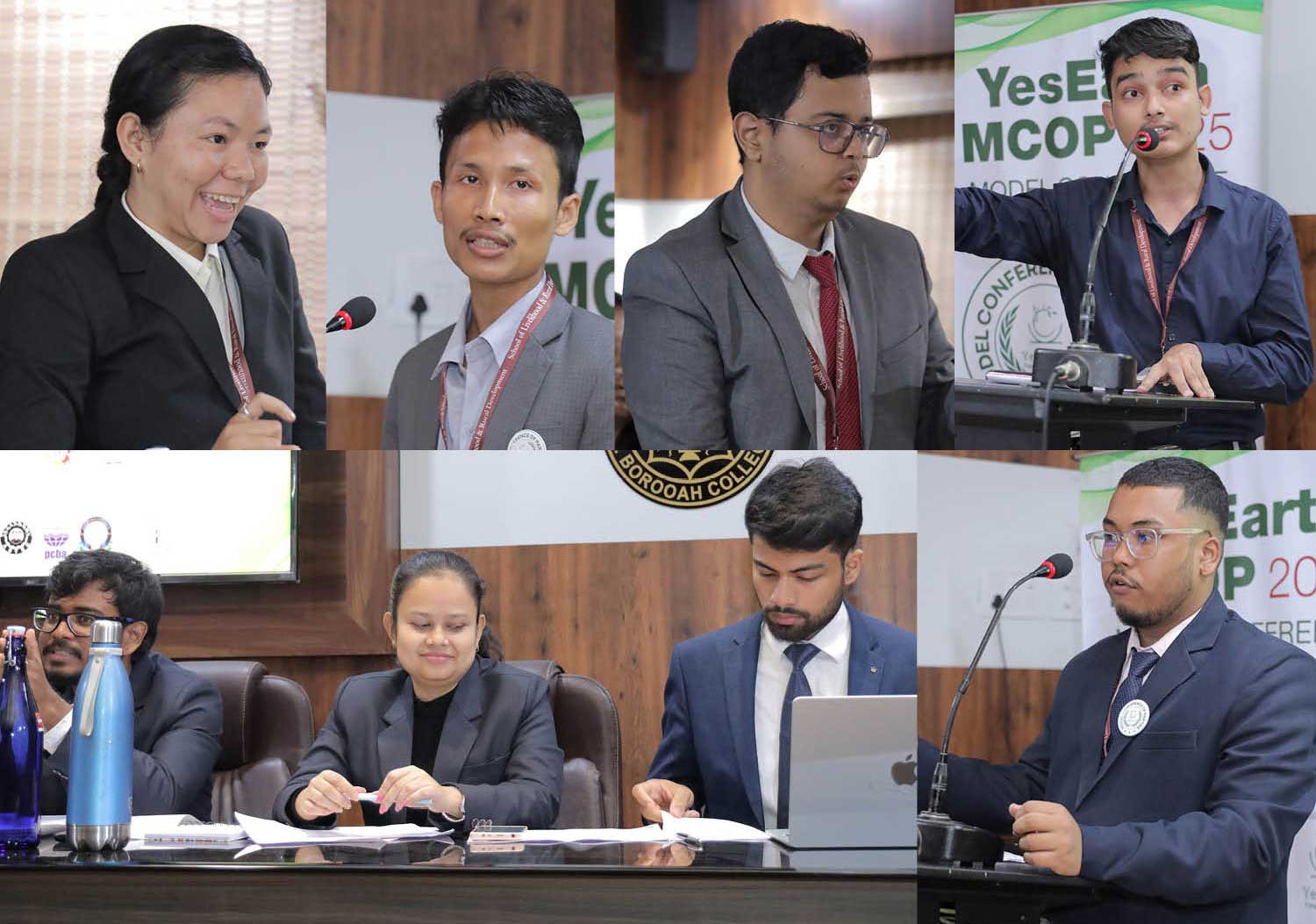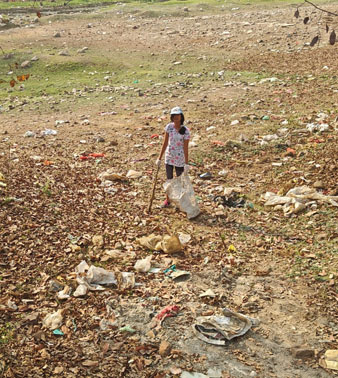Carbon Sequestration and Community-Based Conservation: A Holistic Approach to Environmental Stewardship
By Simi Talukdar, Independent Researcher, Bangalore, India (PhD-Ecology and Environmental Science; former DST-SYST Fellow)
Understanding Carbon Sequestration
Carbon sequestration includes natural and artificial processes that capture carbon dioxide (CO2) from the atmosphere and store it, thereby preventing it from contributing to the greenhouse effect. It has become a critical component in the fight against climate change. Forests, oceans, and soil are primary natural carbon sinks. Forests, in particular, act as vital carbon sinks through photosynthesis, where trees absorb carbon dioxide and release oxygen. This process plays a crucial role in maintaining the delicate balance of our atmosphere. Deforestation, on the other hand, releases stored carbon back into the atmosphere, exacerbating climate change. Although technological solutions like direct air capture are gaining traction, nature-based solutions remain integral to achieving global climate goals in this context.
Community-Based Conservation: An Overview
Community-based conservation involves engaging local communities in the management and protection of natural resources. Rather than imposing top-down approaches, this strategy recognizes the intrinsic link between the well-being of local communities and the health of the environment. By empowering communities to take charge of their ecosystems, we can create sustainable solutions that benefit both people and the planet.
The Synergy between Carbon Sequestration and Community-Based Conservation
Forest Management and Reforestation
Local communities, intimately connected to their surroundings, play a pivotal role in preserving and restoring forests. By actively participating in reforestation projects, communities can contribute directly to carbon sequestration. Planting native trees enhances biodiversity, protects watersheds, and captures substantial amounts of CO2. Initiatives such as agroforestry, where trees are integrated into agricultural landscapes, provide dual benefits. Farmers can diversify their income while simultaneously contributing to carbon sequestration. This approach aligns environmental goals with local communities’ economic interests, fostering a sustainable relationship.
Indigenous Knowledge and Conservation
Indigenous communities often possess invaluable traditional knowledge about sustainable land use and conservation practices. Incorporating this wisdom into modern conservation efforts enhances their effectiveness. Indigenous peoples’ connection to the land is profound, and their stewardship can offer innovative solutions for balancing human needs with ecological preservation. Respecting and involving indigenous communities in carbon sequestration initiatives not only safeguards biodiversity but also promotes cultural diversity. Recognizing and upholding indigenous rights ensures equitable participation in environmental decision-making.
Sustainable Agriculture and Soil Carbon Sequestration
Community-based conservation extends to sustainable agricultural practices that promote soil health and carbon sequestration. Techniques such as agroecology, organic farming, and no-till farming reduce the reliance on harmful agrochemicals and promote carbon-rich soil. Education and training programs within communities can disseminate knowledge about these practices, encouraging widespread adoption. Healthy soils not only sequester carbon but also enhance food security, contributing to the overall well-being of local populations.
Challenges and Solutions
While the synergy between carbon sequestration and community-based conservation is evident, challenges persist. Economic pressures, lack of resources, and competing interests often undermine conservation efforts. To address these challenges, it is crucial to:
Provide Incentives: Financial incentives, such as carbon credits and payment for ecosystem services, can motivate communities to engage in conservation efforts actively. Recognizing the economic value of preserving ecosystems aligns with environmental and economic goals.
Facilitate capacity Building: Empowering communities with the knowledge and skills needed for sustainable resource management is essential. Training programs, educational initiatives, and technology transfer can enhance local capacity to participate effectively in conservation activities.
Implement Inclusive Decision-Making: Involving local communities in decision-making processes fosters a sense of ownership and ensures that initiatives align with their needs and aspirations. Inclusivity promotes the long-term success of conservation efforts.
Conclusion and the Way Forward
Community-based conservation adds a unique and indispensable dimension to carbon sequestration efforts. They have an intertwined relationship, and this interlinkage highlights the importance of local engagement in sustaining our planet’s health. These are inseparable components of a holistic approach to environmental stewardship.
Recognizing the interconnectedness of nature and human communities is essential for achieving sustainable and impactful results in the fight against climate change. By fostering collaboration, providing incentives, and respecting local knowledge, we can create a future where carbon sequestration efforts not only mitigate climate change but also promote thriving and resilient communities around the world.











